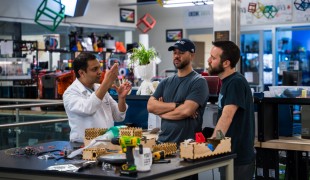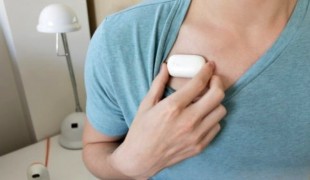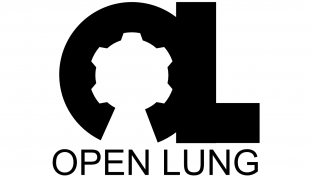- 8956
- 535
- 12
- 12
- 0
- Help Ukraine
About the solution
Zheng is a student at Methodist College Kuala Lumpur. He started conducting this research when he was a high school student at Chung Hua High School, Seremban.
The inventor developed a combination of tetracosane and carbon powder that changes resistance according to alkane levels in air. Alkane, sometimes called paraffin, is a naturally occurring product of oxidation and is dramatically higher in the breath of people with lung cancer than those with healthy lungs. The student wanted to determine the ability of a chemiresistor-based alkane sensor to distinguish the exhaled breath of lung cancer patients from that of Chronic Obstructive Pulmonary Disease (COPD) patients and control subjects without pulmonary disease.
So Zheng created a simple chemiresistor-based sensor that was designed by melt-coating tetracosane and carbon powder onto a printed circuit board. The sensor had a strong positive linear relationship with alkane compounds and was not responsive to water and ethanol.
Patients use the device by exhaling directly at the sensor without treatment of breath allows diagnosis of lung cancer, and then the diagnosis is done in less than 10 minutes.
According to the student, the entire sensor (including the digital multimeter) costs less than $15; the single-use sensor costs $1. Therefore, each diagnostic test costs $1 only.
Up to 2016, the inventor had successfully tested his system on 37 subjects, 12 lung cancer patients, 12 chronic obstructive pulmonary disease COPD patients, and 13 nonsmokers without known lung disease.
“The clinical tests were approved by the University of Malaya Medical Centre Ethics Committee and were conducted according to the Good Clinical Practice Guidelines. All the study subjects gave their written informed consent.
The safety of the study subjects was ensured as no IV, inhalation of chemicals or oral intake was conducted. The potential risk associated with this study was only slight discomfort when exhaling into the breath-in apparatus”, he explained.
Zheng presented his innovation at Google Science Fair 2016, where he was a finalist.
Adapted from: http://bit.ly/2eun7US
This solution shall not include mention to the use of drugs, chemicals or biologicals (including food); invasive devices; offensive, commercial or inherently dangerous content. This solution was not medically validated. Proceed with caution! If you have any doubts, please consult with a health professional.
DISCLAIMER: This story was written by someone who is not the author of the solution, therefore please be advised that, although it was written with the utmost respect for the innovation and the innovator, there can be some incorrect statements. If you find any errors please contact the patient Innovation team via info@patient-innovation.com
-
-
311
-
0
-
3628

Engineers design an automated bag valve mask to tackle the shortage of ventilators due to Covid19
-
-
-
648
-
0
-
9612

Patient develops wearable for Asthma
VENTILATION
CAREGIVING
Asthma
Assistive Daily Life Device (to help ADL)
Treatment/Surgical device
App (Including when connected with wearable)
Pharma
Improving respiratory function
Promoting self-management
Manage Medication
Preserving Organ Function
To implement a diagnostic tool
Alleviating Allergies
To improve Treatment/Therapy
Preventing (Vaccination, Protection, Falls, Research/Mapping)
Caregiving Support
General and Family Medicine
Immuno-allergology
Pneumology
Australia
-
-
-
474
-
0
-
6354

Team develops Field Emergency Ventilator system
-
 en
en